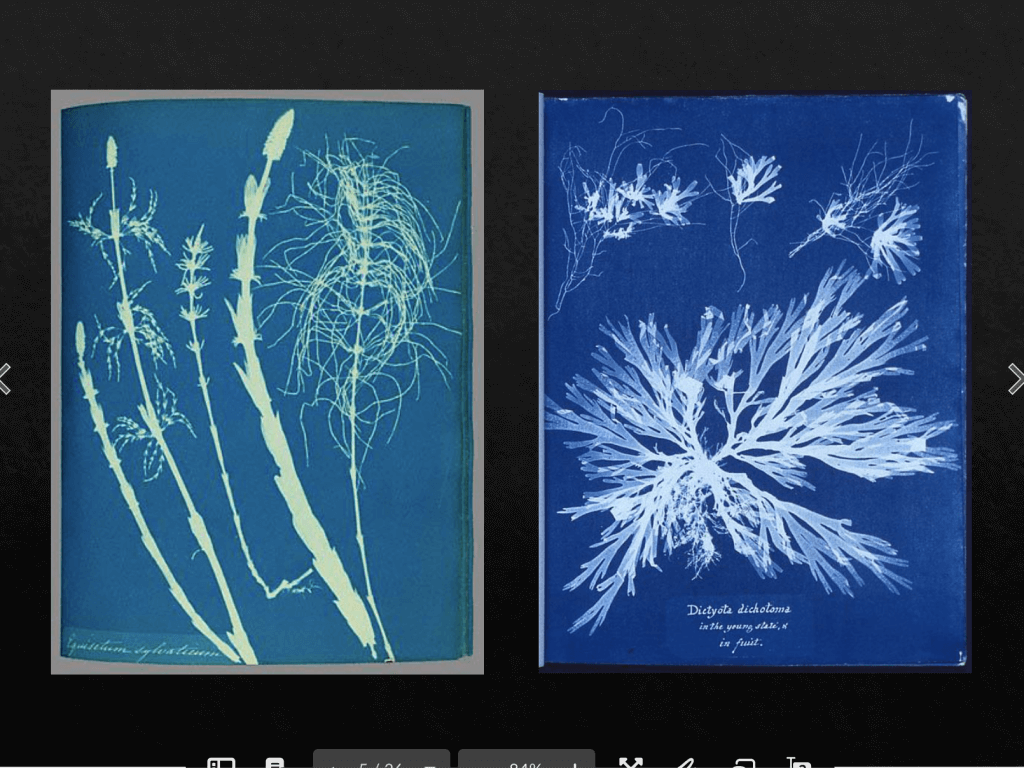The Utah Museum of Fine Arts (Annie Burbidge-Ream and Katie Seastrand) and University of Utah Electrochemist Victoria Russell teamed up to work with students at Oak Springs State Hospital and Slate Canyon Youth Center in Provo.
Using special sun-sensitive paper and a variety of stencils, students made their own Cyanotypes!
Victoria gave an introduction to give a brief history of photography, describing the difference between a “cyan” or “Prussian blue” print and a typical silver print. The color of cyanotypes comes from a chemical reaction involving iron. The price of iron, she noted, was far cheaper than that of silver, and so the medium gained popularity during the industrial period. The medium also only requires water to develop after light exposure, and so developing chemicals were not needed.
Annie and Katie spoke to several famous prints from the peak of cyanotype popularity, as well as the continuing use of the medium in contemporary work. The color itself is an effective emotional conveyor, and the method – the use of sunlight – can be a way to document the passage of time and the distribution of light throughout the day.
Using a collection of spooky-seasonal stencils and 3-D objects, students experimented with shadows and time to make their cyanotypes. Needless to say, the skull stencils proved to be highly effective and very popular with our middle school students at Oak Springs!

